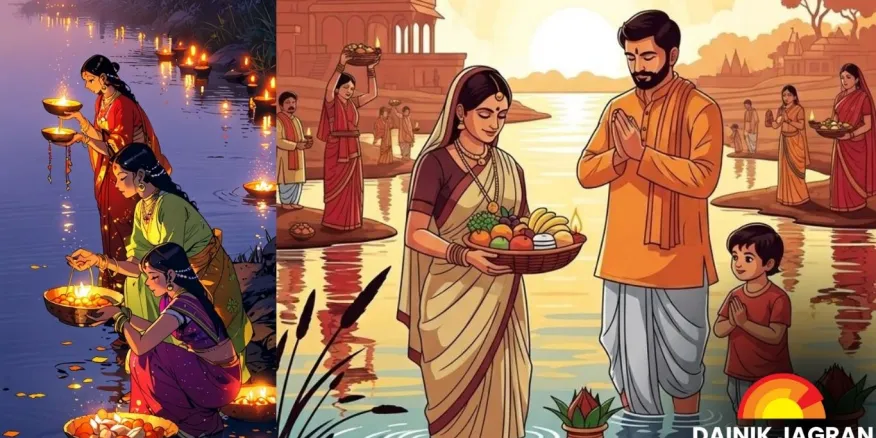Now Reading: Ramayana on a Karachi Stage: Pakistani Theatre Group’s Bold Cultural Step Sparks Conversations
-
01
Ramayana on a Karachi Stage: Pakistani Theatre Group’s Bold Cultural Step Sparks Conversations
Ramayana on a Karachi Stage: Pakistani Theatre Group’s Bold Cultural Step Sparks Conversations

In a rare and remarkable cultural moment, a Pakistani theatre group has staged an adaptation of the Indian epic Ramayana in Karachi. The performance, which blends classical storytelling with modern theatrical techniques, has drawn attention for both its artistic ambition and its message of cross-cultural dialogue. At a time when political narratives often dominate, this stage act has opened space for reflection, curiosity, and appreciation across borders.
A Unique Cultural Expression in Pakistan
The Karachi-based troupe chose Ramayana not just for its historical and mythological depth, but also to explore universal human emotions—loyalty, sacrifice, love, and the triumph of good over evil. The production stayed true to the core storyline while integrating local artistic elements, costumes, and stage design, making it both respectful and rooted in local flavor.
The audience included both Hindus and Muslims, art lovers, and students—many of whom were experiencing this narrative for the first time in a live format.
Why This Matters in Today’s Climate
In an atmosphere where regional tensions often overshadow shared heritage, this artistic initiative has been welcomed by many as a soft but powerful reminder of South Asia’s interconnected histories. While the Ramayana is primarily seen as a Hindu religious text, its values and characters have influenced art, literature, and culture across the subcontinent, including parts of Pakistan, Bangladesh, Sri Lanka, and beyond.
By choosing this subject, the artists offered an alternative space for dialogue and cultural curiosity.
Reception and Reactions
Reactions to the performance have been largely positive, with viewers praising the production’s sincerity, performances, and emotional depth. Social media discussions also reflect appreciation for the group’s courage in presenting a narrative that is rarely showcased in Pakistan’s mainstream art circles.
At the same time, some conservative voices raised questions about religious appropriateness, underscoring the sensitivity such efforts must balance.
Relevance for Indian Audiences, Especially in Tier 2 Cities
In Tier 2 cities like Indore, Varanasi, Nagpur, and Jaipur—where community theatre and folk art are deeply valued—this story is particularly significant. It reflects how art can transcend borders and be a unifying tool despite differing backgrounds. It also encourages Indian artists to look at cross-cultural collaborations, not just with the West, but with neighboring countries that share deeper historical roots.
For students, dramatists, and cultural institutions, it’s a timely example of how narratives like Ramayana continue to evolve and connect.
Conclusion:
The staging of Ramayana in Karachi is more than a performance—it’s a gesture of cultural courage and curiosity. By reviving an ancient story in a contemporary setting across the border, the artists have reminded both nations of the shared threads that bind them. In times of division, such efforts offer a quiet, meaningful bridge built not of politics, but of performance and empathy.

























